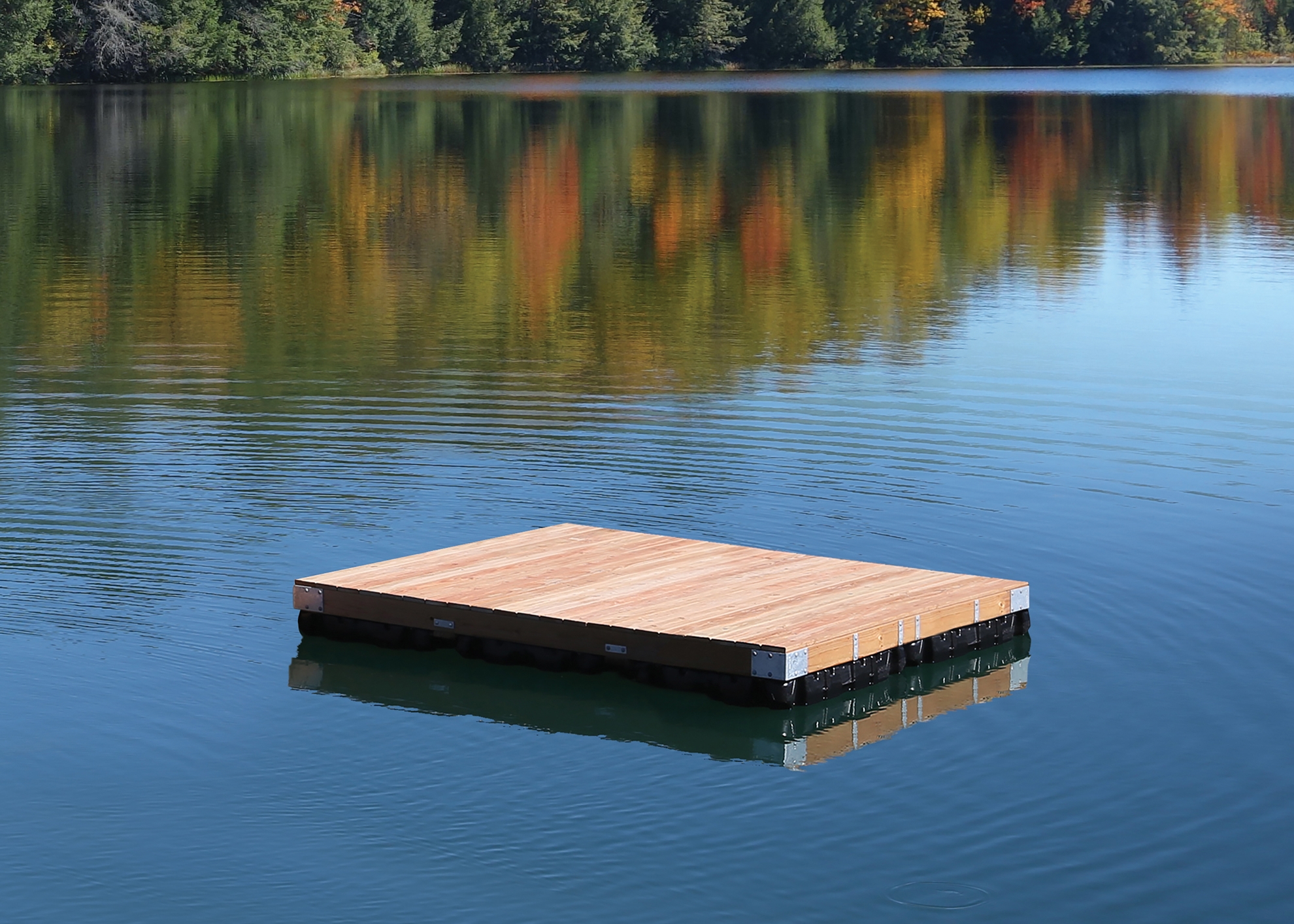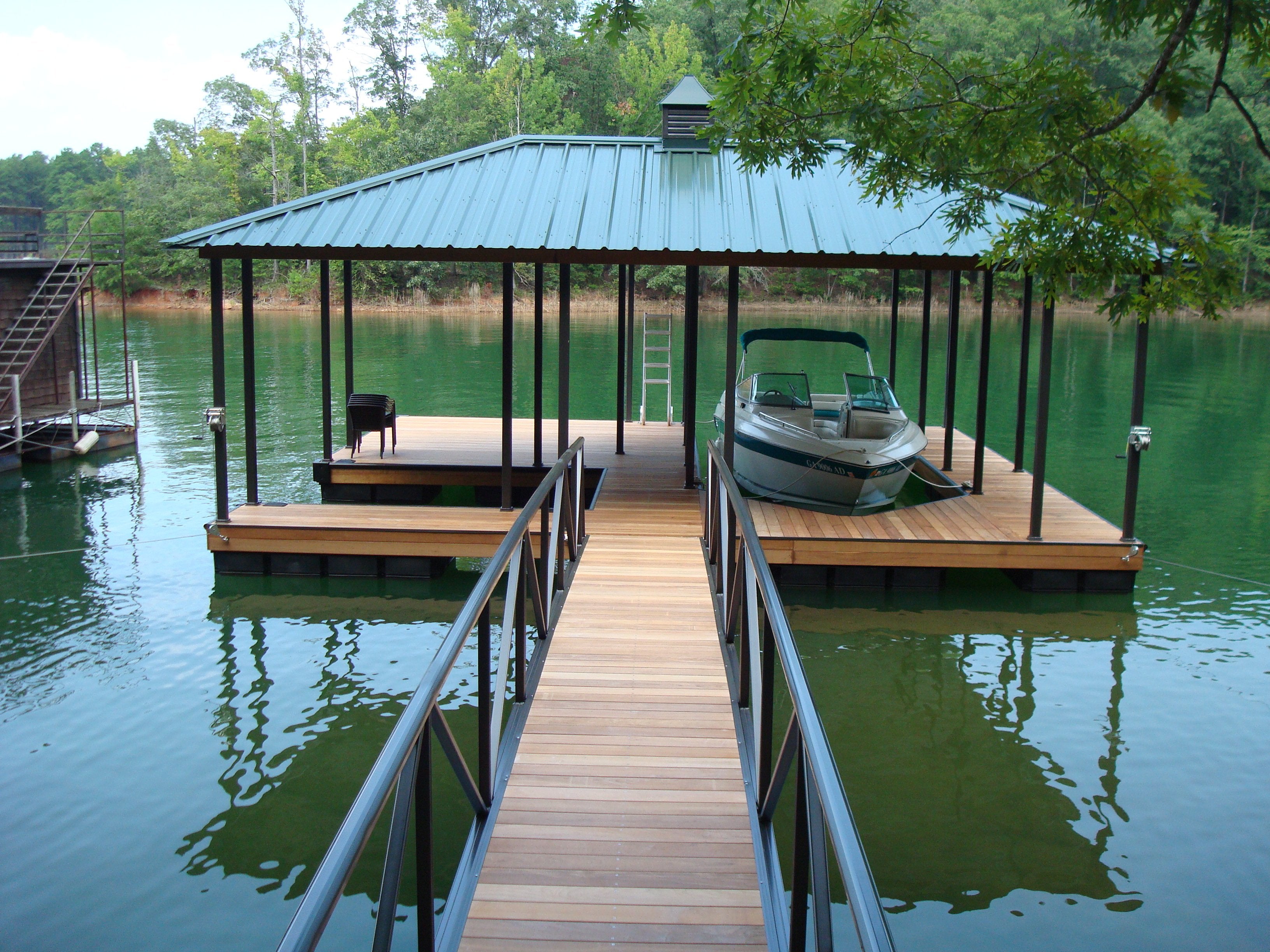Maximizing Your Outdoor Space with Specialized Floating Dock Solutions
Maximizing Your Outdoor Space with Specialized Floating Dock Solutions
Blog Article
Develop the Perfect Docking Remedy With Floating Docks
Floating docks present a functional remedy for a variety of maritime demands, adapting seamlessly to fluctuating water levels and diverse vessel types. Their modular nature permits quick setup and relocation, yet the selection of appropriate materials and design attributes is important for making certain both capability and aesthetic appeal. As we explore the essential elements that add to the effectiveness of floating docks, a number of essential elements regarding stability and upkeep will arise, questioning concerning exactly how to enhance your docking experience. The subsequent discussion will certainly illuminate these crucial considerations.

Advantages of Floating Docks
Floating docks offer various advantages that make them an ideal selection for numerous maritime applications. Among the main advantages is their versatility to altering water levels. Unlike taken care of docks, floating docks fluctuate with the tide, making certain regular accessibility for vessels. This function is particularly crucial in locations susceptible to substantial tidal fluctuations or seasonal water degree changes.
Furthermore, floating docks are commonly less complicated and quicker to set up contrasted to standard fixed frameworks. Their modular layout enables uncomplicated setting up and disassembly, promoting upkeep and moving when required. This adaptability is especially beneficial for temporary applications or in settings where conditions might alter.
Floating docks also have a tendency to be extra ecologically pleasant, as they decrease disruption to the seabed and bordering marine environments. Their buoyant nature lowers the risk of damage to aquatic life, promoting a much healthier setting. These docks can be personalized to accommodate different vessel dimensions, guaranteeing that they satisfy certain functional needs.
Ultimately, the mix of flexibility, convenience of setup, and environmental factors to consider makes floating docks a highly efficient service for a broad range of maritime requirements.
Selecting the Right Products
Choosing the proper materials for floating docks is crucial to make sure stability, durability, and sturdiness. The selection of materials straight impacts the dock's performance in various ecological problems, consisting of direct exposure to water, sunlight, and potential wear from marine website traffic.
Usual products used for floating docks consist of light weight aluminum, timber, and high-density polyethylene (HDPE) Aluminum is lightweight, corrosion-resistant, and requires very little maintenance, making it an outstanding choice for durability. Its initial price can be greater contrasted to various other products.
Wood, while cosmetically enticing and supplying a standard look, can be at risk to rot and pest damages otherwise properly treated. Utilizing pressure-treated wood or normally long lasting species like cedar or redwood can minimize these problems.
HDPE is a prominent option due to its resistance to UV rays and chemicals, together with being eco-friendly. floating docks. It is lightweight and offered in various colors, enabling personalization
Eventually, the ideal product choice will certainly depend upon specific requirements, including budget plan, wanted aesthetic appeals, and ecological considerations. Careful examination of these variables will certainly cause a successful and resilient floating dock solution.
Layout Factors To Consider for Stability
When designing floating docks, making certain security is an essential element that can significantly impact their performance and security. Security in floating dock design is affected by numerous elements, consisting of buoyancy, weight circulation, and the arrangement of components.
Weight distribution is critical; evenly dispersing lots across the dock stops tilting and enhances security. Broader layouts can provide boosted stability, especially in harsh water problems, while longer docks might require added assistances to protect against drooping.
An additional key consideration is the environmental impact, consisting of wave action and wind. Including functions such as sidewalls or skirting can assist mitigate the effects of environmental forces, preserving stability in negative problems. Inevitably, a mix of thoughtful style, material choice, and understanding of ecological variables will certainly generate a floating dock that satisfies both stability and security demands.
Installation Tips and Methods

Next, safeguard the needed permits and adhere to neighborhood laws, which might dictate installation methods and ecological factors to consider. Involve a certified specialist experienced in floating dock setups if required. Use premium materials designed for marine atmospheres to enhance resilience and durability.
When placing the dock, straighten it alongside the coastline to promote website link easy access. Ensure that the anchoring system is durable, utilizing cinder block or helical anchors to stabilize the dock against wind and wave action. It's essential to make up seasonal water degree fluctuations, consisting of potential ice motion in cooler environments.
Throughout the installment, verify the dock's floatation and security before wrapping up the anchoring. On a regular basis evaluate the setup for any type of signs of wear or damages. By adhering to these techniques and suggestions, you can attain a safe, functional, and cosmetically pleasing floating dock installment that fulfills your needs.
Upkeep and Treatment Guidelines
Caring and maintaining for floating docks is essential to prolonging their life-span and ensuring secure use. Normal examinations should be conducted to identify any kind of indicators of wear, damages, or aquatic growth. Search for fractures, loosened installations, or blemished locations on the dock's surface area, as these issues can compromise structural integrity.
Cleaning up is crucial. Use a pressure washer to remove algae, barnacles, and debris, which can build up in time. For stubborn growth, think about eco-friendly cleaner that will not hurt water life.
Furthermore, inspect the mooring lines and anchors often to ensure they are cost-free and secure from corrosion. Replace any type of frayed or damaged lines quickly to preserve stability.
Throughout extreme weather, such as tornados or freezing problems, Recommended Reading take preventive measures. Protect the dock with added mooring lines and, if feasible, get rid of any kind of removable parts to stop damage.
Conclusion
Finally, the implementation of floating docks presents a efficient and functional docking solution appropriate for different maritime applications. Their adaptability to fluctuating water levels, incorporated with a modular layout, enables very easy customization and relocation. Picking ideal materials enhances both resilience and aesthetic charm, while careful factor to consider of stability ensures security and durability. With proper installment and regular upkeep, floating docks can provide reliable and reliable docking experiences for a large range of vessels.
As we discover the vital elements that add to the effectiveness of floating docks, several vital elements pertaining to stability and upkeep will emerge, increasing questions concerning how to maximize your docking experience. Unlike repaired docks, floating docks increase and fall with the tide, making certain regular ease of access for vessels.When creating floating docks, making certain security is a fundamental aspect that can dramatically influence their functionality and safety. Stability in floating dock design is influenced by various elements, including buoyancy, weight distribution, and the plan of components. Eventually, a combination of thoughtful style, material choice, and understanding of ecological aspects will certainly generate a drifting dock that satisfies both security and security demands.
Report this page